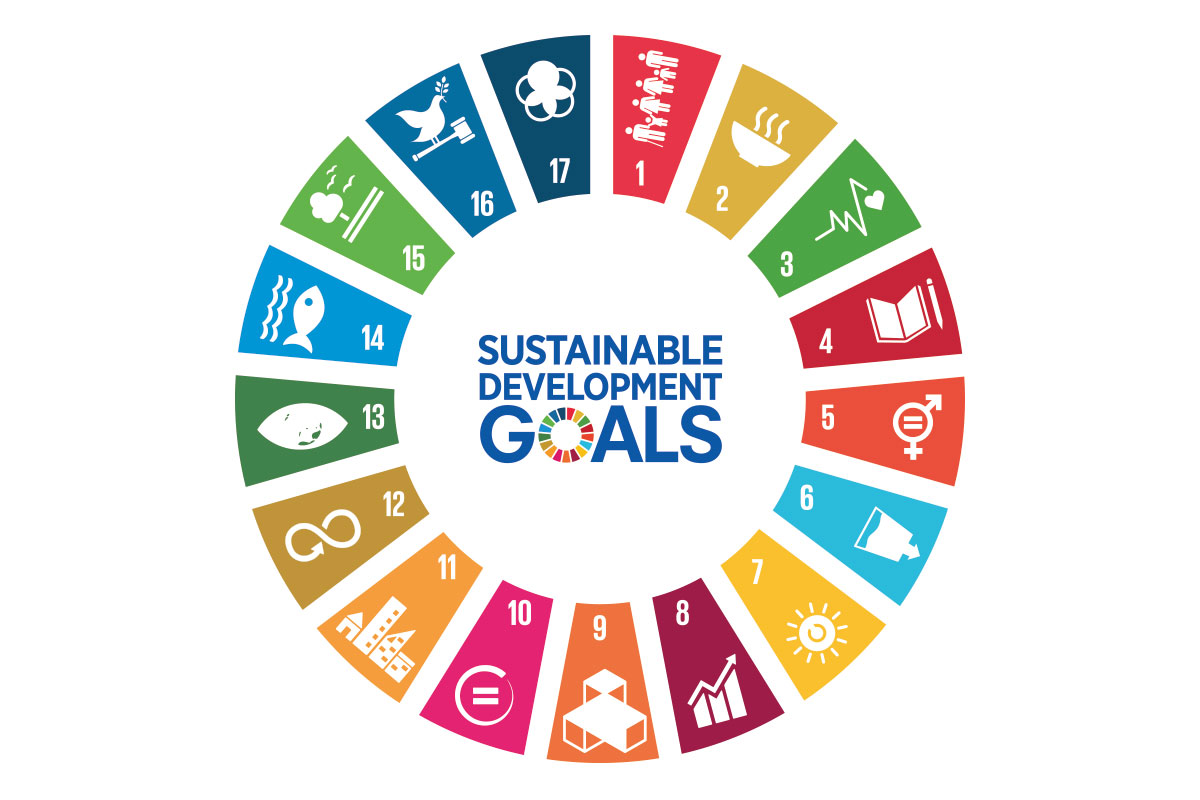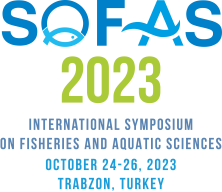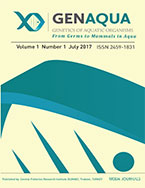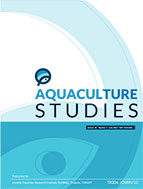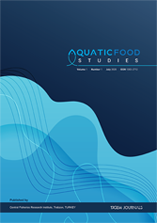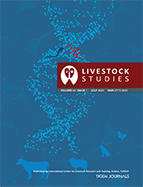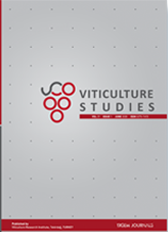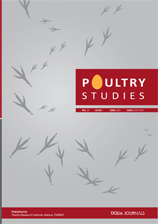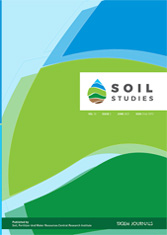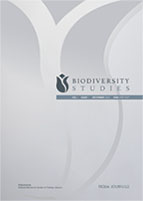Turkish Journal of Fisheries and Aquatic Sciences
2026, Vol 26, Num, 3 (Pages: TRJFAS26714)
Microplastic Pollution and Risk Evaluation in the Gediz River
2 Izmir Institute of Technology, Environmental Engineering, İzmir, Türkiye DOI : 10.4194/TRJFAS26714 Viewed : 553 - Downloaded : 764 Microplastics (MPs), particles less than 5 mm in diameter, enter the aquatic ecosystem through the degradation of larger plastics. They can accumulate in the environment for long periods due to their durability and buoyancy. In this study, a risk assessment of MPs was conducted at five different stations in the Gediz River via a Pollution Load Index (PLI) and a Polymer Hazard Index (PHI) calculated for dry and wet seasons to highlight the risks caused by seasonal variations of pollution levels for different types of MPs in an urban river discharging to Izmir Bay. The results showed that MPs were widespread in the area, with an average abundance of 13-211 units/L/L. During the dry season, the mean number of particles was 67±57; during the wet season, the mean number of particles decreased to 50±37. The most common type was polypropylene with 62.4%, followed by Polyethylene and Polyethylene Terephthalate (8.3% and 7.01%). The most abundant MP shapes are fragments and fibers, with 47.1% and 38.5%. During the dry season, PLI values ranged from 0.99 to 2.44, while in the wet period, they ranged from 1.08 to 2.11. Furthermore, PHI values for the MP species detected at each station ranged from 3.81 to 7.91. The results indicated that the Gediz River is a significant MPs source for Izmir Bay and demonstrates a major hazard for its overall ecological condition. Keywords : Microplastic Gediz river Pollution load Index Polymer hazard index Seasonal variation


